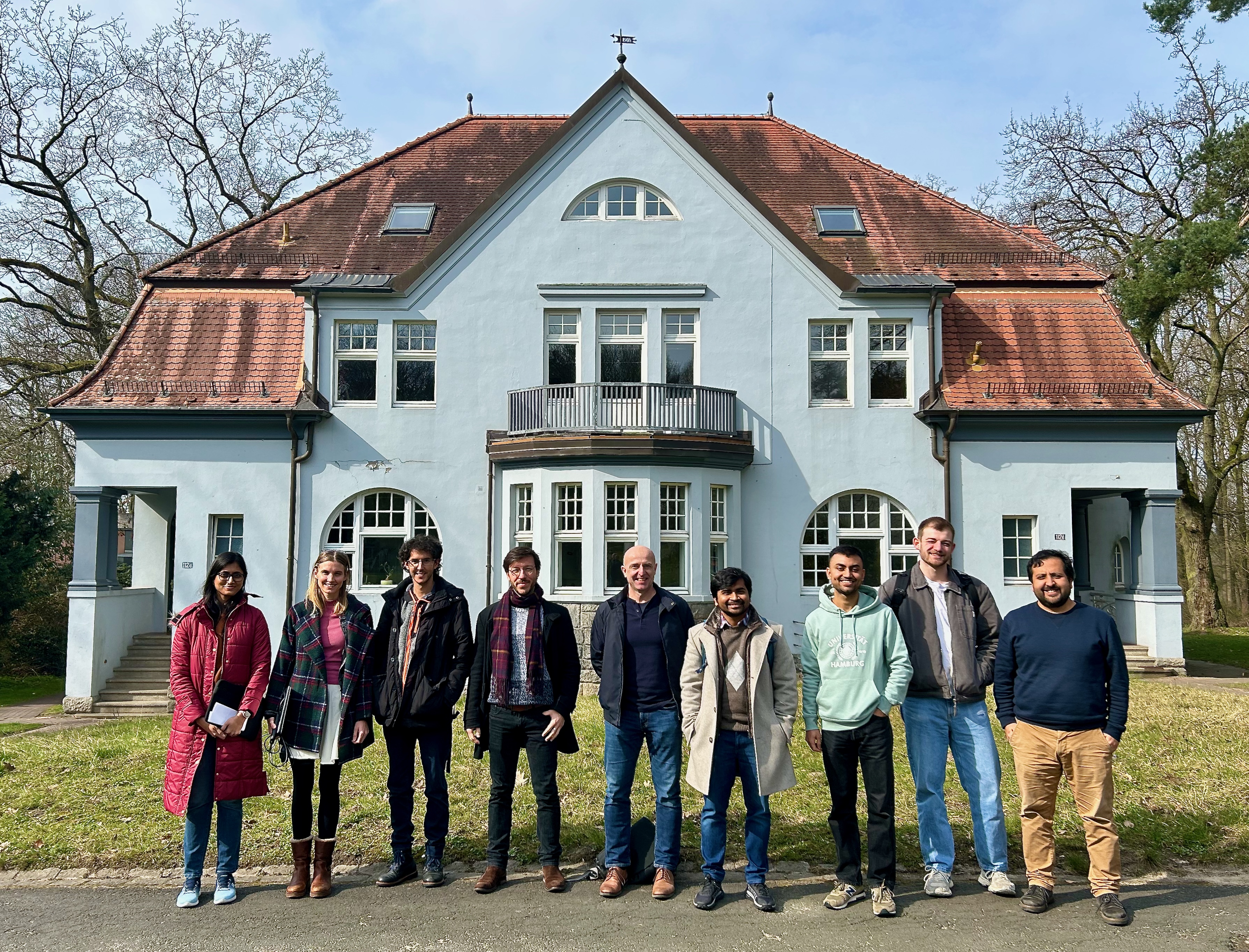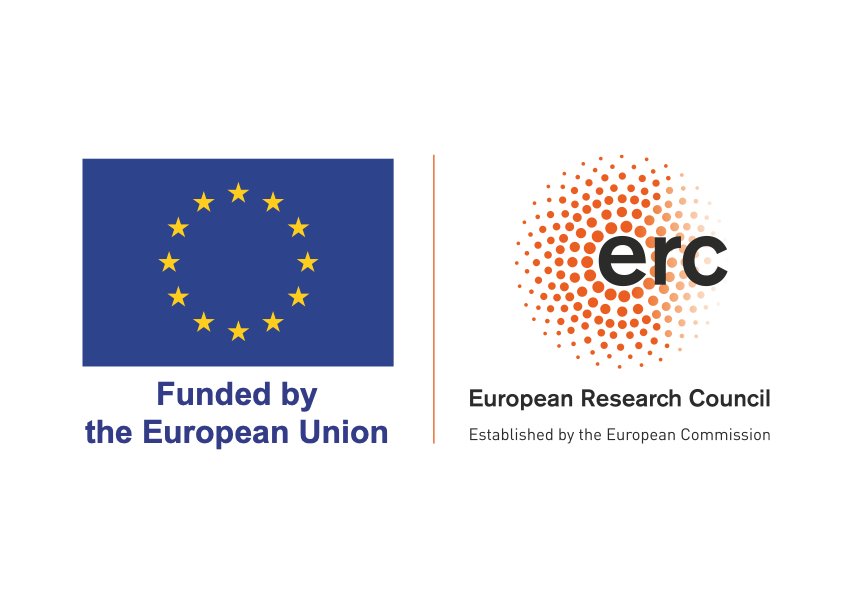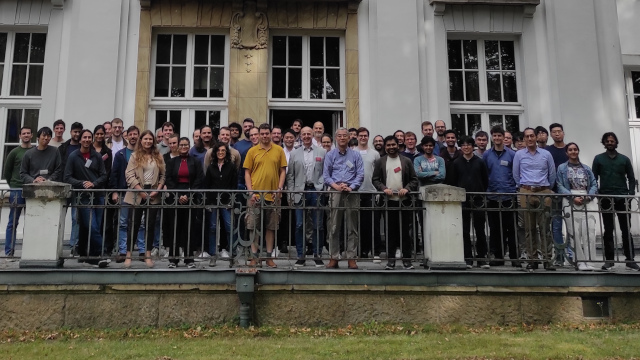Available thesis projects
BSc Thesis Project: Thermal Behavior of the Neutron Star Equation of State
The way matter functions at high energies is characterized by the equation of state (EoS) and a subject of research in multiple fields of physics. Neutron stars in particular provide the opportunity to access a high density regime, outside the purview of, for example, particle colliders, which operate at similar energies, but significantly higher temperatures and smaller densities. In neutron star mergers, the central topic of our research group, these ultra dense objects collide with each other creating a high density and high temperature environment in a relativistic setting. Multiple approaches to model the EoS in this regime exist, however their thermal behavior predictions can vary drastically. For example, the most popular relativistic mean field approaches sees a decrease of the thermal index at very high densities, but some Skyrme based models predict a monotonous increase. In this bachelor project a student would need to calculate the thermal index of multiple EoS tables in order to find and outline similarities and dissimilarities and then speculate and test the hypothetical cases for these differences based on the underlying models. The required EoS tables can be easily found on the internet and do not need to be calculated during the thesis. The theoretical foundation for the different models can be acquired during the thesis as the major learning component of the work and is therefore not a prerequisite.
PhD Thesis Project 1: Testing the presence of quark matter inside neutron stars
Quantum chromodynamics predicts that at sufficiently high densities, nuclear matter will undergo a phase transition to quark matter. This prediction can be tested by combining available theoretical knowledge, experimental data and astrophysical observations of neutron stars (NSs). In this project we will use piecewise polytope parameterization to describe the hadronic matter and above the hadron-quark transition density constant speed of sound quark matter equation of state (EOS) will be used. The student has to write a numerical code to develop this generic equation of state parameterization (of course he/she will be helped). Once it is developed lots of exciting problems can be done:
- Calculate mass-radius sequence and tidal Love number of NSs
- Develop robust statistical framework to test the presence of quark matter inside the core of NSs.
PhD Thesis Project 2: Investigating tidal interactions in the Galactic Centre
The centre of the Milky Way is among the most intriguing regions in the Galaxy. The presence of the super-massive black hole Sgr A*, the nuclear star cluster and the extremely hot plasma filling the region making it an ideal laboratory for studying physics in an extreme environment. In the last decade, many gaseous and dusty sources have been detected whose nature still remain unknown. Specifically, it is not clear if such sources are purely gaseous or if they have a star embedded in them. This project aims to constrain the age and place of origin of one of such objects that seems to be interacting tidally due to the gravitational pull of Sgr A*. To do so, the student will conduct a series of Newtonian calculations, test-particle and/or hydrodynamic simulations. The resulting models will be contrasted with real observational data of the object to asses their validity. Properties such as mass, size, shape, and medium properties will be investigated in order to characterise a potential formation region and time for the enigmatic source. Further continuation of the project can result into a scientific publication as a part of an international collaboration.


 Past Events
Past Events